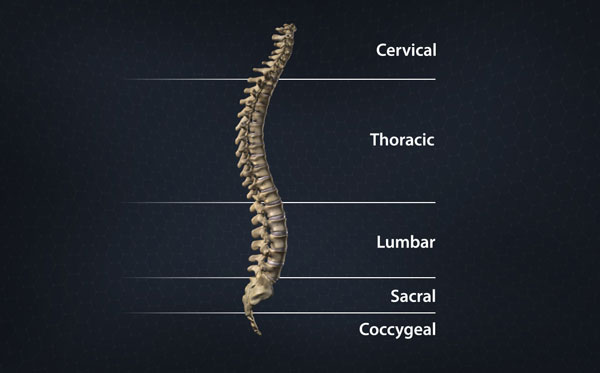…in all the right places! (Part II)
In
part 1 of this blog series, we discussed the importance of the sagittal or “side view” curves of the entire human spine. In part 2 of this blog series, I would like to go into greater detail as to why proper spinal curves are critical, when dealing with proper biomechanics, spinal health and back pain.
When we walk or stand, gravity maintains its pressure upon our body in a downward direction and this, in normal circumstances, will exert load upon on our spinal joints (facets), hips, knees and feet. When the appropriate spinal curves are in place, these spinal facet joints are able to disburse the load of gravity and body weight appropriately thus allowing the spine to function normally.
When these appropriate curves are lost, gravitational load is not shared evenly between the discs and facet joints, leading to an abnormal wear. The discs in the lumbar spine are not designed to absorb more than 70% of the load when we are standing, yet the antithesis is true upon sitting. It is normal however for the lumbar spine to absorb more load through the discs when we sit, thus making it difficult for people with discogenic lower back pain to sit for long periods of time.
So if for example, a patient has severe loss of lumbar spine lordosis (curve), they can expect an increased stress load through the disc that will over time create decay at the disc level. When a disc loses its height and becomes thinner on x-ray or MRI, we call this
degenerative disc disease or “DDD”. DDD is a form of osteoarthritis and cannot be reversed. The changes that have taken place are permanent in nature and in severe case, only palliative “pain relief” care is warranted. If palliative care fails and the individual has an altered quality of life, surgery is sometimes an option.
Here at our office we try to teach our patients that a strong spine with good posture can deter the many effects of aging and its impact on our bodies. If we can stay active with a consistent and moderate exercise program, good nutrition and appropriate amounts of sleep, many spinal conditions can be avoided. We should all try to live these simple principles to stay as healthy as possible. Should you ever need advice on how to do this, please call us anytime, we are always here to help.



